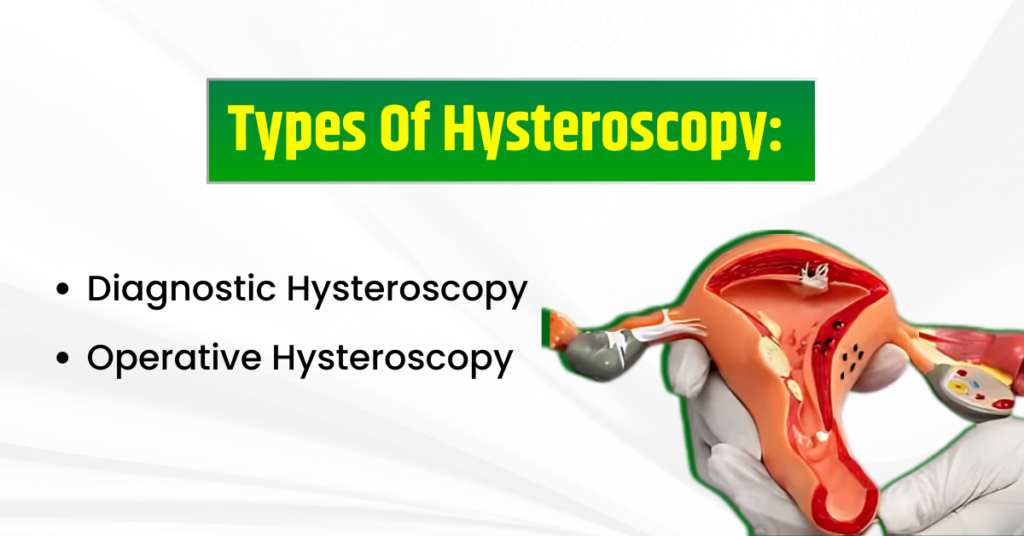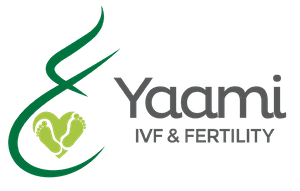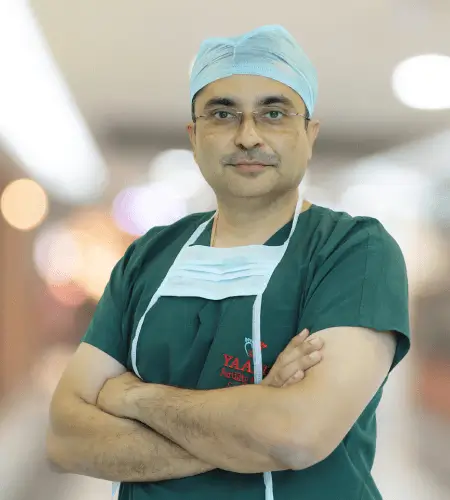Hysteroscopy Treatment in Indore

The word Hystero means uterus and the word scopy means to see. So Hysteroscopy means to see inside the uterus. It is not routinely needed by all the women suffering from infertility. Only selected women need this procedure and these include women who have very thin lining of the uterus, woman having fibroid or polyps (abnormal thickening of uterine lining) near the lining of the uterus, women with history of repeated miscarriages or repeated IVF failures to name a few. Your fertility specialist can advise you regarding their need of Hysteroscopy in your case.
In this procedure, a very thin tube with a Camera placed at the tip of the tube is put inside the uterus from the vagina. This helps to see the inner part of the uterus and the complete lining of the uterus. It helps in diagnosing any problem which could lead to infertility or miscarriage and simultaneously correct these problems.
This procedure can be done as an outpatient procedure without an anesthesia or as an in patient procedure with an aesthesia. There is no cut or stitches in the body and so the patient can start the routine work from the next day itself.
Types Of Hysteroscopy:
 1. Diagnostic Hysteroscopy:
1. Diagnostic Hysteroscopy:
Diagnostic Hysteroscopy identifies the structural irregularities of the uterus that cause abnormal bleeding. The results of hysterosalpingography (HSG), ultrasound, or some other tests could be confirmed using Hysteroscopy. Hysterosalpingography is an X-ray dye examination assessing the fallopian tube blockage. Blockage in the fallopian tubes makes it challenging for the patient to conceive.
2. Operative Hysteroscopy:
The abnormality diagnosed during Diagnostic Hysteroscopy is treated by operative or surgical Hysteroscopy. Operative and diagnostic Hysteroscopy may be advised and performed together to avoid the requirement of additional surgical processes. A device is utilized by the specialist while performing operative Hysteroscopy to eliminate the abnormalities causing abnormal bleeding in the uterus.
Cost Of Hysteroscopy:
A Hysteroscopy costs about 30,000 INR to 40,000 INR and may vary based on the patient’s condition, the abnormality diagnosed, and the treatment required.
Treatment/Testing Of Hysteroscopy:
Hysteroscopy primarily aims to treat and diagnose abnormal uterine bleeding, bleeding after menopause, irregular spotting during menstrual periods, heavy menstrual bleeding, and some other conditions.

Although it is unnecessary to use anaesthesia for Hysteroscopy, local anaesthesia is given to some patients where only the cervix is numbed using the medication. Some patients who prefer not to experience pain or fear of the process and are undergoing treatment during Hysteroscopy are given general anaesthesia.
Steps Of Hysteroscopy:
Hysteroscopy may last for about five to 10 minutes if performed only to evaluate symptoms or diagnose a particular condition, but in other cases, it may take up to thirty minutes.
Step One:
The patient’s legs are supported after lying on the facility’s couch or bed.
Step Two:
Speculum, an instrument, is inserted into the vagina to keep it open.
Step Three:
The specialist inserts the hysteroscope in the patient’s womb and gently pumps the fluid to easily view the uterus’s inside.
Step Four:
The camera sends pictures to the linked monitor that helps the specialist treat and spot or detect any abnormalities.
Similar to cramps during menstrual periods, a little discomfort may be experienced, yet it is not very painful.
The Need For Hysteroscopy:
The endometrial ablation process often treats patients with abnormal uterine bleeding. The specialist utilises a device to destroy the patient’s uterine lining after using the uterus to view the inside of the uterus.
A few other uterine and other conditions are corrected and diagnosed by Hysteroscopy, including the following:
- Uterine adhesions, septums, polyps and fibroids
- Diagnose the causes of fertility issues, difficulty conceiving a child, pelvic pain, post-menopausal bleeding, or repeated miscarriages.
- Locate and IUD or intrauterine device
- Remove after diagnosing placental tissue following the child’s birth.
However, people with pelvic infections or conceiving a child must not undergo Hysteroscopy.
Risks Involved In Hysteroscopy:
Although Hysteroscopy is considered safe, it may have some likelihood of complications, as in several other procedures. Some of the rare risks associated with performing Hysteroscopy include the following:
- Some patients may rarely experience accidental damage to their wombs. It may subside with antibiotics, yet in rare cases, it may require additional surgical processes to repair it.
- Accidental cervix damage (usually uncommon) that can be easily repaired.
- Heavy bleeding after or during the process is experienced in patients undergoing general anaesthesia treatment. It could be treated with additional procedures or medication. A hysterectomy or womb removal is rarely required.
- Womb infection or fainting feeling may be experienced in patients who do not undergo treatment using anaesthesia.
Yaami Infertility And IVF Center For Hysteroscopy:
Hysteroscopy could be performed as part of the patient’s treatment and diagnosis processes. Your fertility specialist can advise you regarding their need for Hysteroscopy in your case. Hysteroscopy is not suggested for every patient despite its many advantages. Therefore, specialists at Yaami Infertility And IVF Center carefully examine patients’ present health condition and review their medical history to ascertain whether Hysteroscopy is required.
You may connect with them to avail of the best facilities in Indore and undergo a Hysteroscopy with the guidance of an expert team and specialists.
Is Hysteroscopy painful?
Mild pain or distress may be experienced during Hysteroscopy.
Is pregnancy possible after Hysteroscopy?
Structural abnormalities and causes of infertility are evaluated and treated by Hysteroscopy, and correcting them may lead to conceiving shortly.
Are stitches required in Hysteroscopy?
Stitches are not required for Hysteroscopy since it is a minor surgical process and does not necessitate major cuts.
Who must undergo a Hysteroscopy?
Patients experiencing heavy bleeding after menopause or abnormal uterine bleeding must undergo a Hysteroscopy.
Is bleeding common after a Hysteroscopy?
Patients undergoing Hysteroscopy may experience vaginal bleeding for about seven to ten days.


